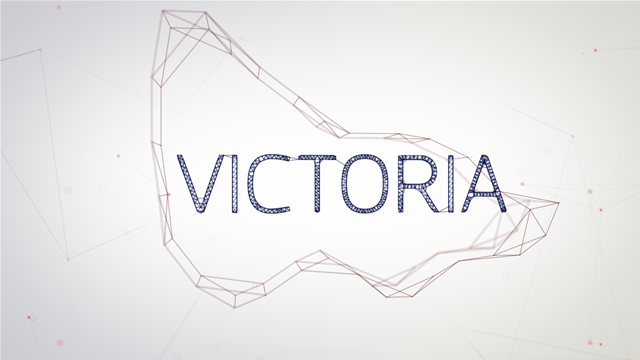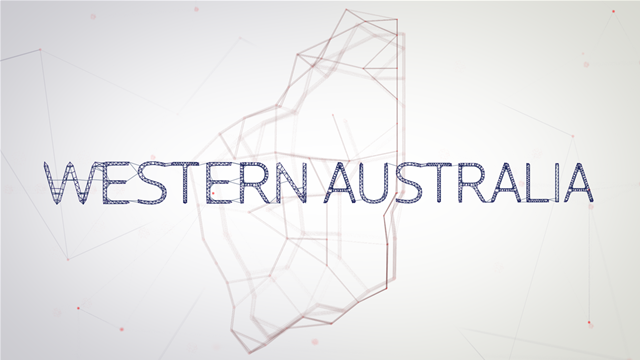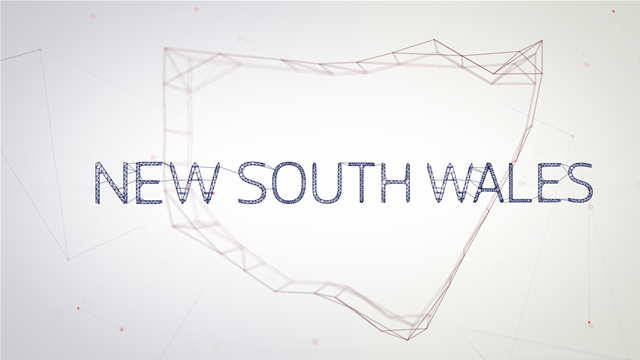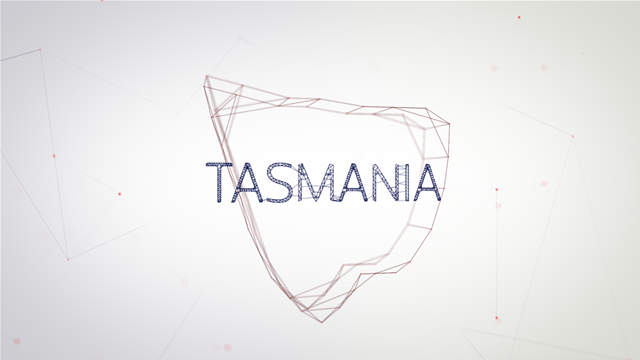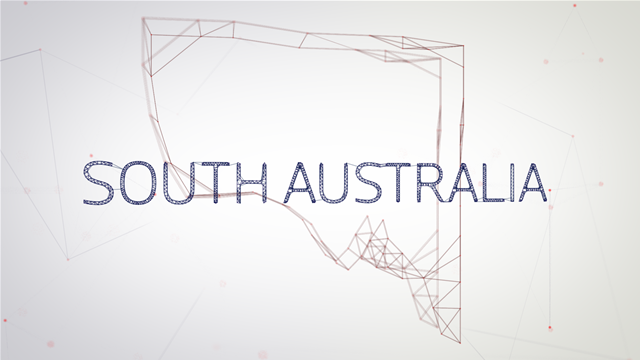

Digital was a big-ticket item in this year’s South Australia budget, with the creation of a $200 million Digital Investment Fund. The fund serves as a whole-of-government “commitment to a pipeline of digital projects” across the South Australian public sector; it’s expected to run for five years and to be operated transparently, in terms of what gets funded and why, and when the funded works will land.
A number of early priority investment areas have so far been identified.

The government hopes to allocate some of the funds to strengthening the state’s cyber security profile and modernising election systems before the next state poll in 2026. It also sees ICT system and application replacement in the justice sector, a child protection case management information system replacement, Human Services screen systems upgrades, and an emergency services incident management system as specific programs of work that would benefit from priority funding. In addition, a state connectivity strategy is considered to be a priority focus area.
The fund will be administered by a small team in the Department of Treasury and Finance (DTF); the same team will be tasked with providing “support and advice to a steering committee, and to work with agencies to assist them in the development of submissions and, where required, in aspects of project delivery,” the government said.
A model for AI guidance

The popularisation of generative AI has produced a wide spectrum of government responses. While many err on the side of being overly generic, South Australia has gone the other way - releasing specific, targeted guidelines on how to engage safely with generative AI and large language models (LLMs) in a government context. That specificity includes a nudge towards Microsoft’s Azure Open AI service, which is establishing credentials as a safe space for enterprise and government experimentation.

The state’s Office of the Chief Information Officer (OCIO) first provided general guidance to SA government agencies at the end of May, before issuing the more detailed guidelines. The specificity of the guidance is by design, says Dr Eva Balan-Vnuk, South Australia's government chief information officer.
“I think we were just all completely taken by surprise with ChatGPT’s launch in November last year. To go from zero to 1 million users in five days is honestly remarkable, surpassing anything we’ve really seen before,” Dr Balan-Vnuk says. In regular engagements with CIOs and ICT leaders across state agencies, the topic of generative AI and LLMs kept coming up; there were perceived benefits in using the technologies, but equally a desire to do so safely and securely.
“Agencies were saying, ‘Please give us guidelines because our colleagues are asking how we can use this responsibly and safely’,” says Dr Balan-Vnuk.
“We really thought there was some value in the specificity. We have been as specific as possible because that makes it very grounded for people...
...I think people can really understand what their obligations are and what's safer for how they use this.”
— Dr Eva Balan-Vnuk, executive director of ICT & Digital Government
Dr Balan-Vnuk was against an outright ban on the use of ChatGPT and similar tools, as has occurred in other state and federal jurisdictions. “I think banning things is problematic because people will want to try new things. Government is in a tricky position: We can't be bleeding edge, but we should be exploring in a really safe sandboxed way how we use these technologies with really good oversight and rigour and due diligence and transparency, so that we’re really mindful of what impact we might have because clearly an unintended consequence is one that we don't want.”

To assist with this, an across-government AI governance working group has been established, with 15 agencies represented. It will operate for the next six months, with a remit to determine the “current state” of AI use across government, to understand AI benefits and risks, and to develop an AI governance and strategy approach.
“So, what is the broader governance approach for AI that we need to think about and what are the benefits and risks? We want to articulate them so that we can really support agencies who do want to deliver much better service to citizens … using large language models and similar tools. We just have to know what we're using it for, how we're using it and how we're managing the data,” explains Dr Balan-Vnuk.
Case study: South Australian School AI pilot
Eight South Australian high schools are participating in a sanctioned trial of a ChatGPT-like generative AI chatbot co-designed with Microsoft, that is designed to assist students with their studies. The trial is described as “nation-leading” - and is a sharp contrast with other jurisdictions where generative AI use in schools was banned.
The SA-based trial is interesting in part because responses are tailored to the year level of the student engaging with the bot. “If I log in as a year eight student … it will deliver results suitable for a year eight student, which might be a different level of sophistication than if a year 11 or 12 student asked for information,” Dr Balan-Vnuk says. The bot also offers students guidance on how to craft better prompts, familiarising them with use of generative AI tools.
M365 Data Strategy being drawn up
South Australia is home to a Microsoft 365 “mega tenancy” with over 70,000 government users. With M365’s status as a mandated whole-of-government service, OCIO is taking a sharper focus around data on the cloud-based platform. It is in the process of developing “a comprehensive M365 Data Strategy” and is involved in “a range of programs and initiatives focused on enhancing M365 data security, retention, and governance.”
As an SA DPC spokesperson explains: “These initiatives are strategically designed to effectively harness the capabilities of the M365 platform and encompass the implementation of robust data loss prevention measures, the establishment of retention policies, and the creation of a structured process for identifying and managing Redundant, Obsolete, and Trivial (ROT) data that is no longer necessary.
“Once developed, the M365 Data Strategy aims to provide a holistic framework for managing, securing, and leveraging data within the M365 environment, aligning with the SA Government’s goals and compliance requirements.
“Together, these initiatives demonstrate OCIO's commitment to ensuring data integrity, security, and optimal utilisation while strategically planning for the future of M365 data management.
Agencies onboard with ‘off-the-shelf’
One of the collective strengths of SA-based agencies when it comes to ICT is their collective embrace of off-the-shelf deployment methodologies, eschewing heavy customisation. It’s a theme that often comes up in enterprise discussions pertaining to large and complex core software suites, and there has certainly been a trend away from heavy customisation in recent years, due to the dangers of lock-in, particularly to dated versions of software, which can also open organisations to security risks.

Dr Balan-Vnuk says that in her over five years leading ICT and Digital Government, she’s observed a trend towards buying off-the-shelf services for “the big ‘meaty’ [software] an agency really needs to run” and “effectively adopting that platform as it stands, not tweaking it or making it bespoke to our internal processes”.
“I think we've all been caught out where you get a product and make it all tailored and personalised, and then upgrades are almost impossible and you're stuck on an older version for some period of time. What I'm seeing with both large and small agencies is much more of a willingness to say, ‘If it's 80 or 90 percent fit-for-purpose, that's good enough, and if we have to, we'll adjust some of our internal processes’, so that we can then at least stay current”.
‘One stop shop’ progress
During the year, DPC made progress with its ‘Serving South Australia - One Stop Shop’ initiative, which is an action item in the annually-updated ICT, Cyber Security and Digital Government Strategy [pdf]. The “multi-year, multi-agency” initiative is meant to, over time, create “a seamless and personalised online service that brings together a user’s interactions with the SA government into a convenient single location.”
The initiative “has steadily increased the number of digital transactions available through a central website, SA.GOV.AU,” a DPC spokesperson says. “The newly launched SA.GOV.AU Dashboard provides users with real-time updates, the ability to manage transactions and displays digital licences and credentials, which are also accessible via the mySAGOV app.
“The initiative also features a new SA Identity Broker, enabling government agencies to connect to a single shared infrastructure and link to the Australian government’s myGovID, allowing citizens to use their digital identity to securely access various participating government services at the state and federal government level.”
Scorecard
| Does SA have a digital strategy? Is it up-to-date (i.e. released in the last two years?) | Yes |
| Does SA have a cloud strategy? Is it up-to-date (i.e. released in the last two years?) Does it contain a cloud-first or cloud-only approach to new projects? | Not separately. Part of ' ICT, Cyber Security and Digital Government Strategy' |
| Does SA have a cyber security strategy? Is it up-to-date (i.e. released in the last two years?) | Not separately. Part of ' ICT, Cyber Security and Digital Government Strategy' |
| Does SA have an AI (including generative AI/LLM use) strategy? Are there plans to update or issue a specific strategy around generative AI and LLM use? | Yes |
| Is there a specific whole-of-government ICT/IT strategy (as distinct from your digital strategy?) | Not separately. Part of ' ICT, Cyber Security and Digital Government Strategy' |
| Does SA have a minister responsible for digital – or a minister with clear IT authority? | Yes |
| Does SA mandate cyber security training for all public servants? | Yes |
| Does SA have a whole-of-government CIO (or equivalent) and a steering committee of CIOs? | Yes |
| Does SA have clear policies for cyber security, cloud, data and privacy? | Yes |
| Is SA taking steps to address issues with traditional CapEx/OpEx IT funding models? | Yes |
| Is SA monitoring the progress of IT and digital projects after sign-off? | Yes, at an agency level |
| Is SA aware of what needs fixing with respect to whole-of-government IT policy and procurement? | Yes |
| Does SA have a cyber security operations centre? | Yes |
| Does SA have a central service delivery agency and is it working to improve digital interactions? | Yes |
| Is SA building in-house digital skills? | Yes |
| Does SA have a small to medium enterprise (SME) buying policy? Is there a percentage target for the amount of government IT budget to be spent with SME-sized providers? | Partial |
| Has SA developed any digital services that are being used by other states/territories? | No |
State Champions
The iTnews State Government Champions have worked closely with the governments throughout Australia. Their processes have enhanced the way our state governments are able to deliver their services to the people of Australia.
We are proud to present the 2023 State Government Champions, and we will showcase the work they are doing in the coming days.



